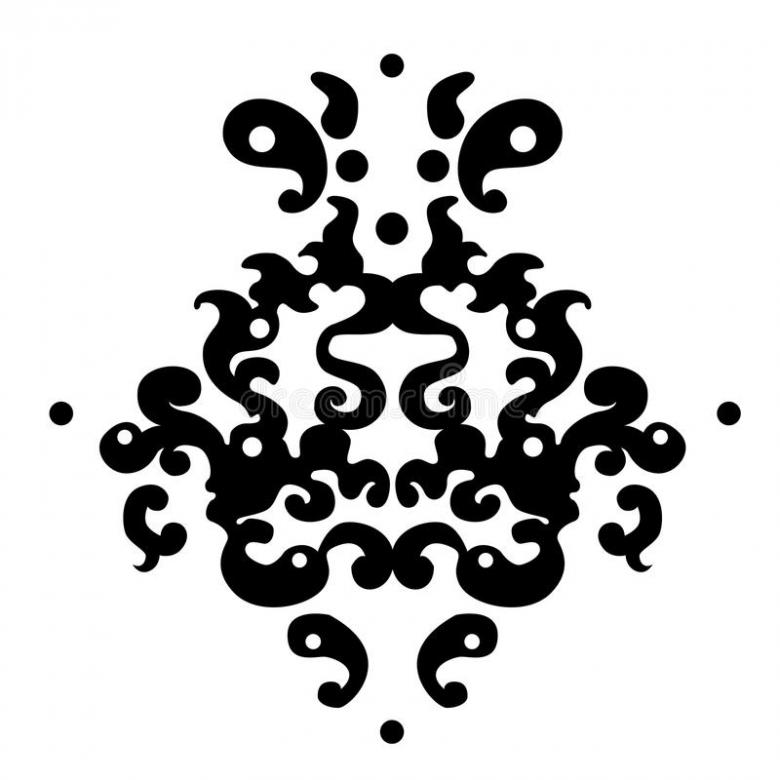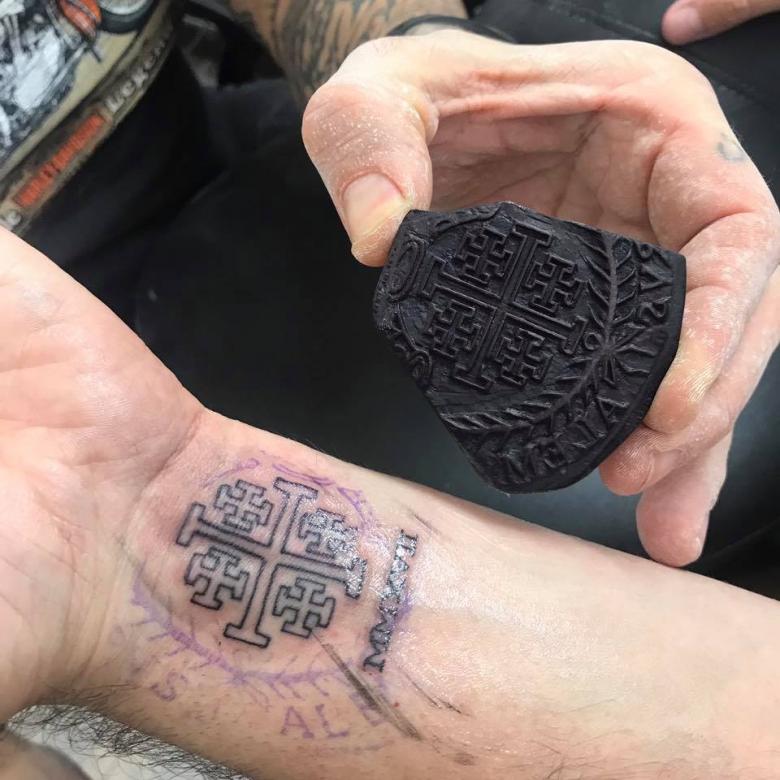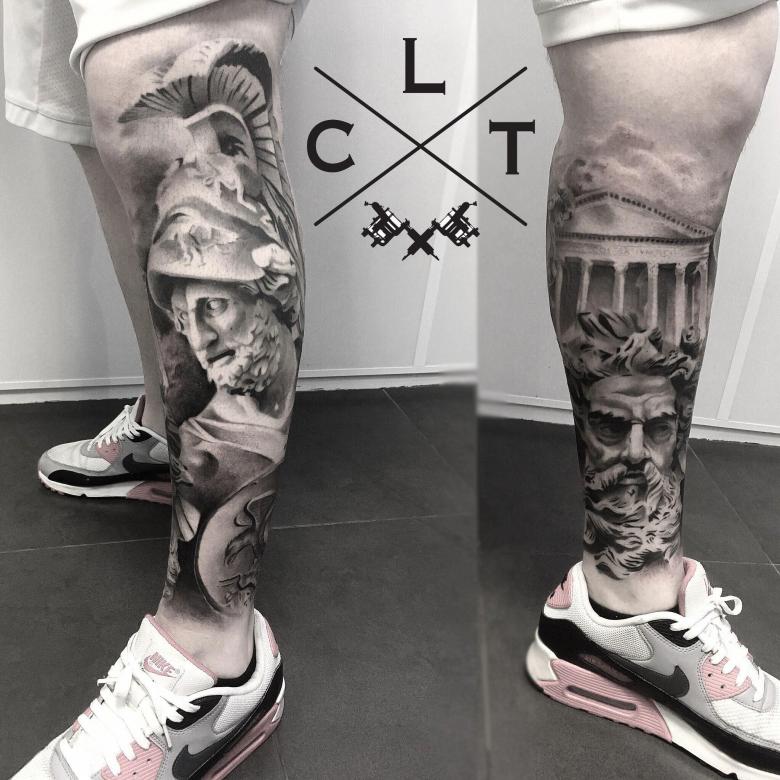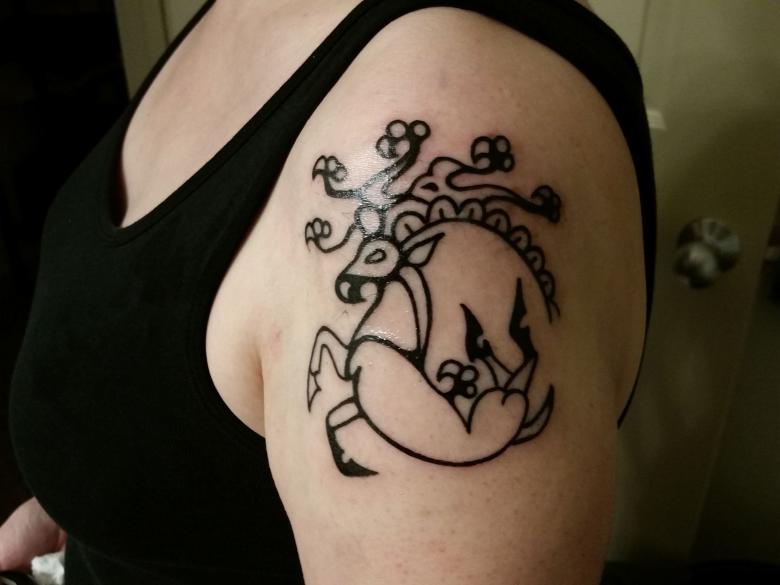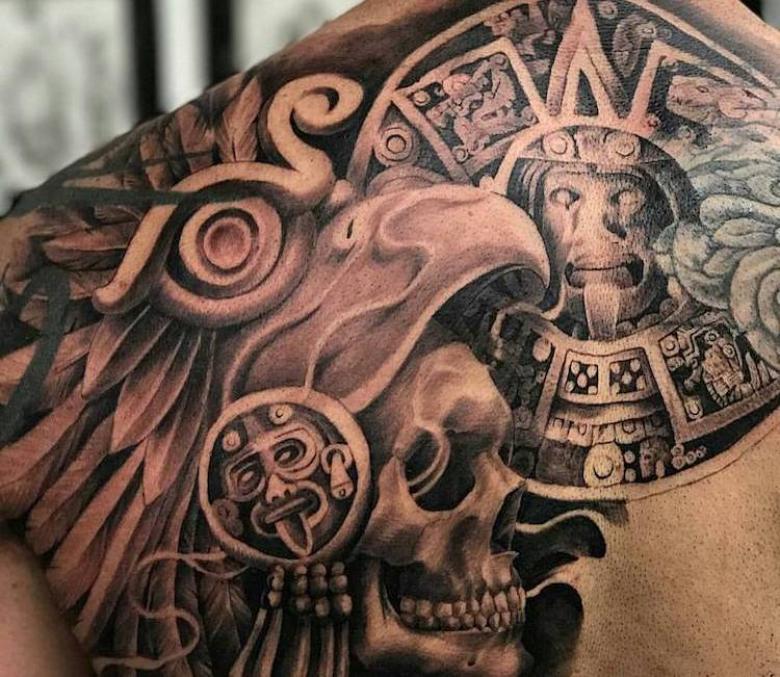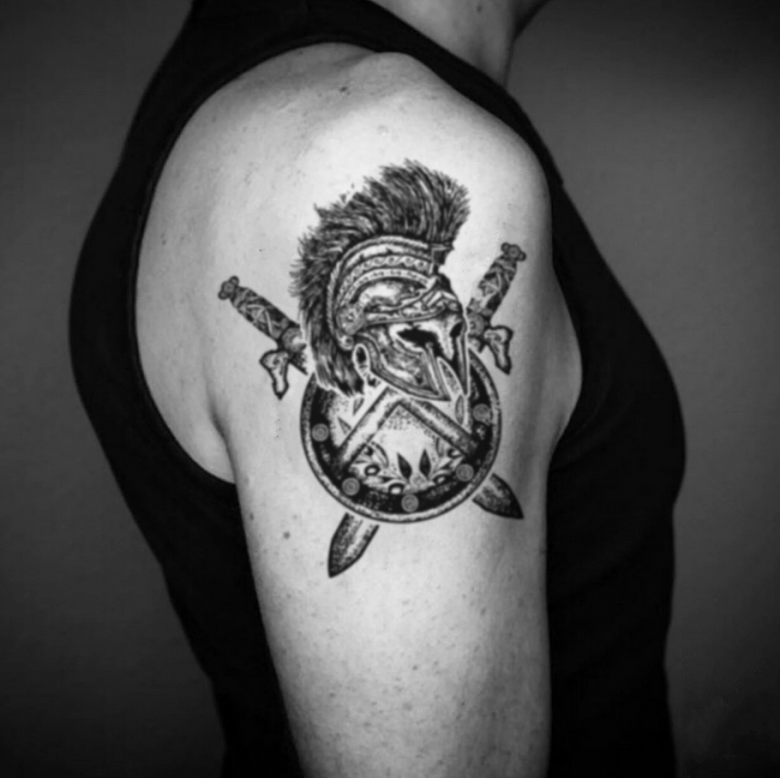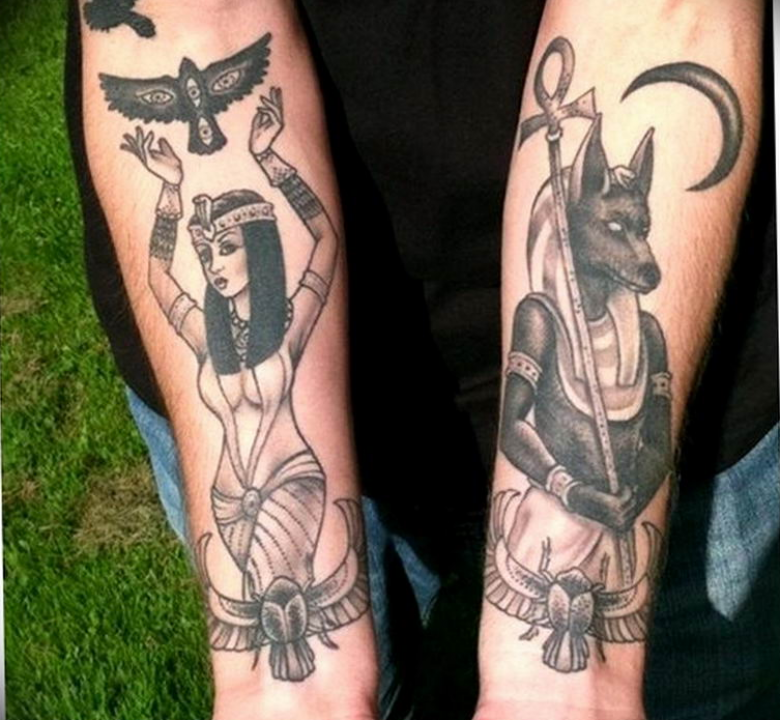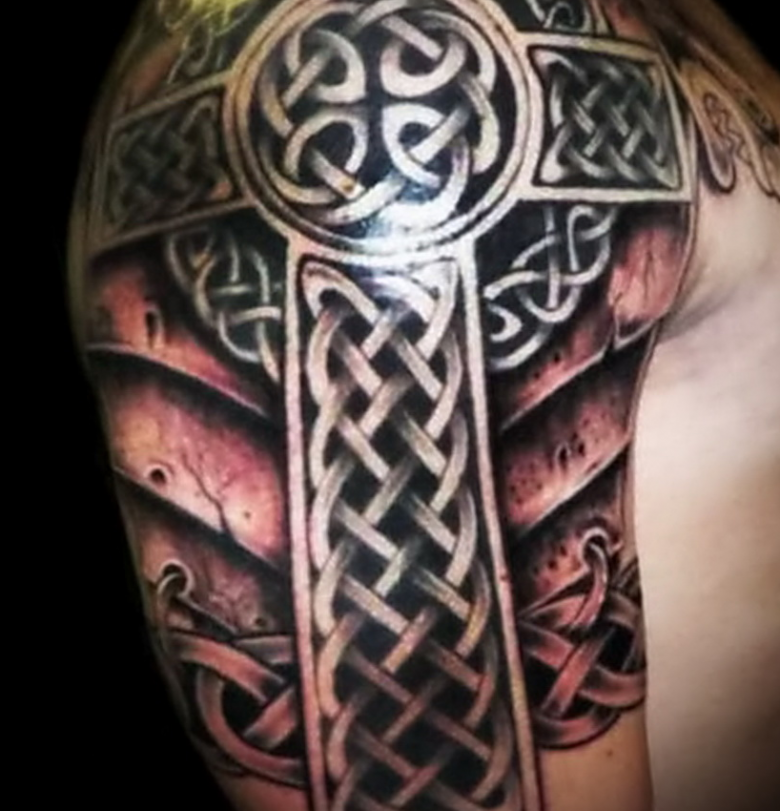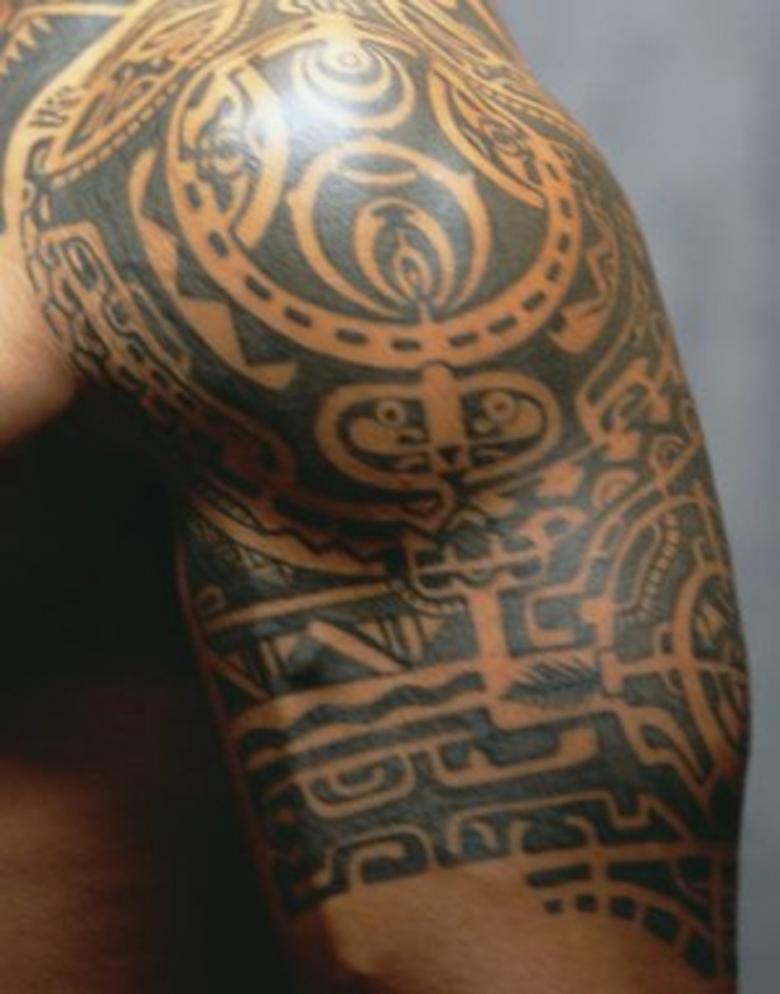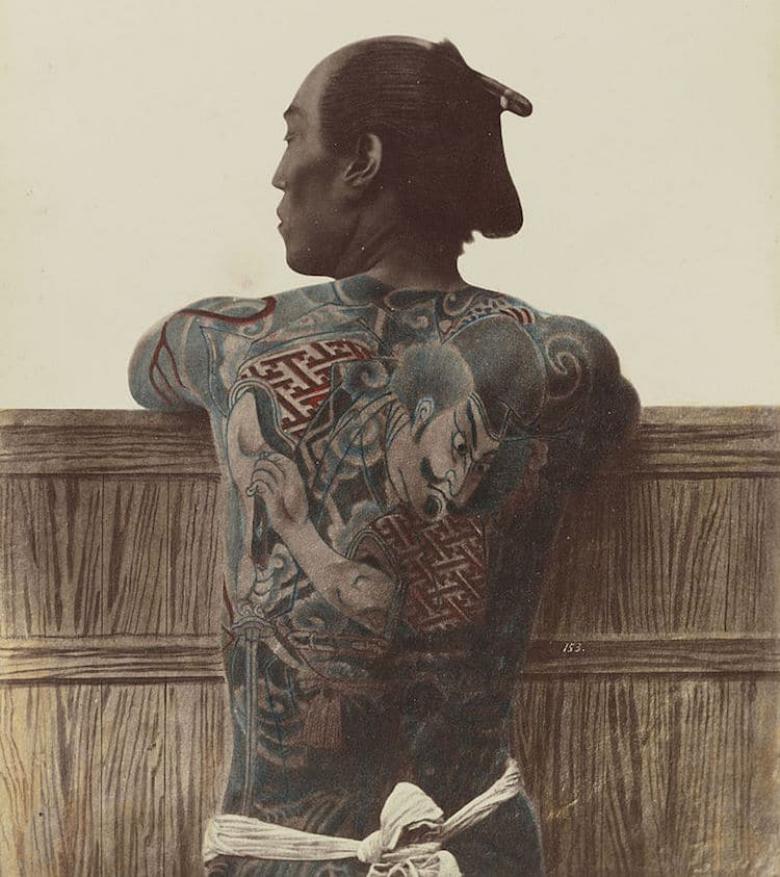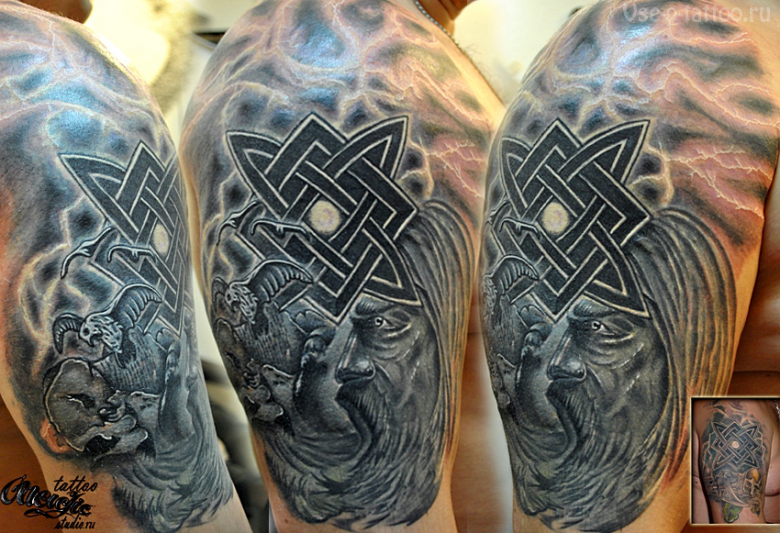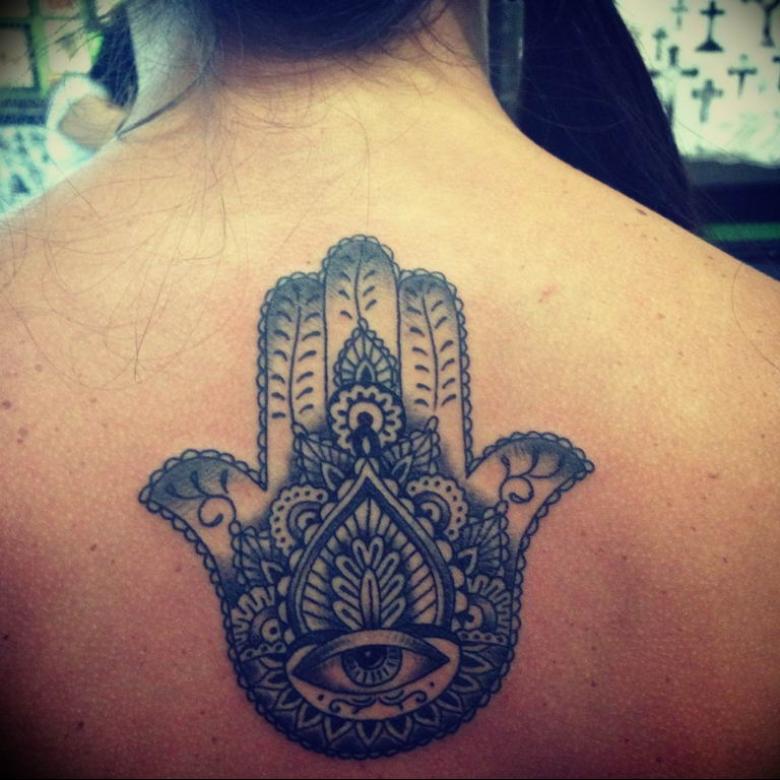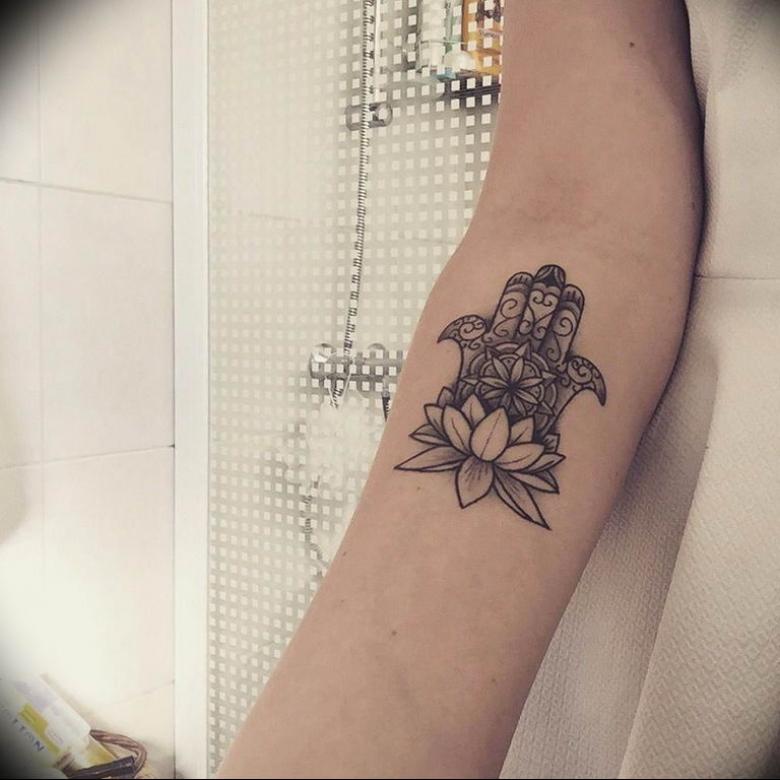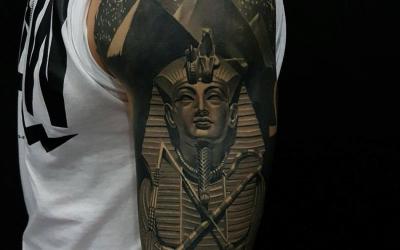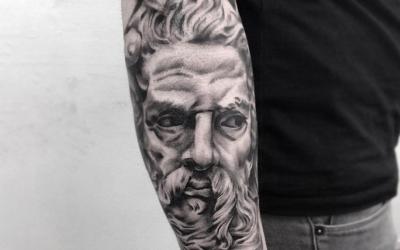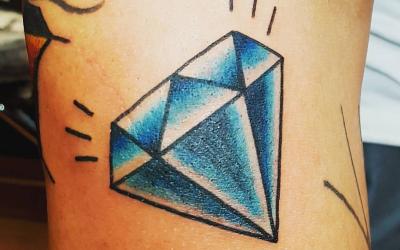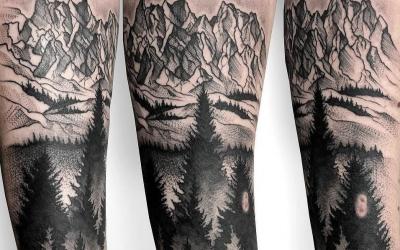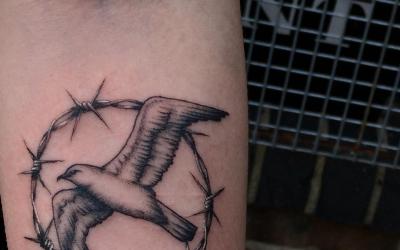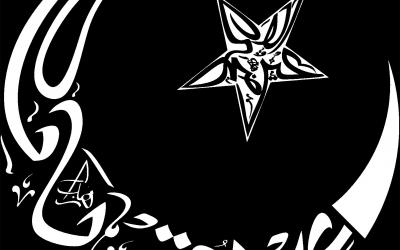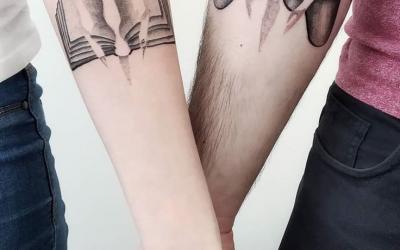Ancient Tattoo - the history of appearance and development, ancient Greek, Slavic and Egyptian tattoos
The history of mankind and tattoo culture goes in conjunction with antiquity. Scientists claim that the first ancient tattoos were found on the skin of preserved mummies, more than six thousand years old. This fact gives the right to consider Tattoo is the oldest form of body art.. Humanity does not yet know a more precise answer, as the physical body is subject to decay. The drawings disappear as the flesh decays. Because of the dry air in ancient Egypt, tattoos have survived to this day.
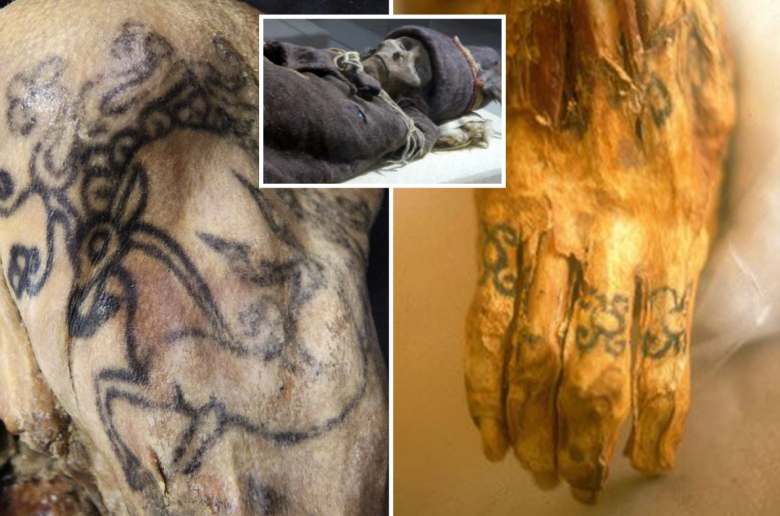
Where did tattoos begin?

The word "tatoo" comes from the amalgamation of two words belonging to two different peoples. From the Marquesan language "ta" means "sign" and from the Tahitian word "too" means wound.
Ancient tattoos appeared during the primitive communal system. It was possible to find out everything about a person. What tribe, what status, what magical power calls for.
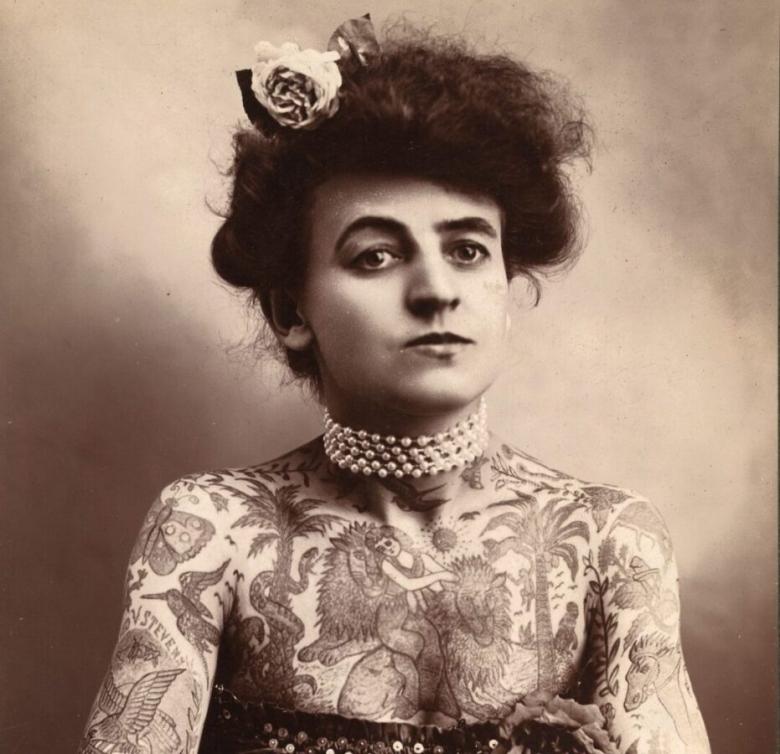
The possibility of long-term pigmentation began by chance. It turned out that soot which has got on a fresh wound remains as a black stain on the skin for a long time. They began to use this quality of soot for artificial application of wounds. Further more, not only dots and lines were put on, but they began to cut on the skin desired signs and to rub soot into wounds. Sketches of ancient tattoos were performed directly on the living skin.
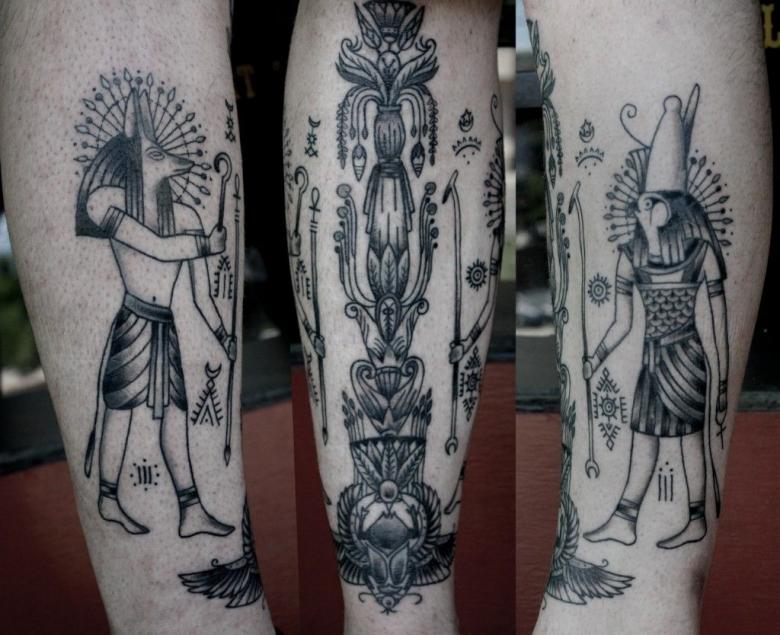
The purpose of tattoos then and now
In ancient times, when there was no written language, people transmitted knowledge and communicated with the help of signs. Rock writings have survived in large numbers. Drawings of objects of the surrounding world could serve to express thought. That is, the same writing, but instead of letters, birds, animals, flowers, branches, and so on.
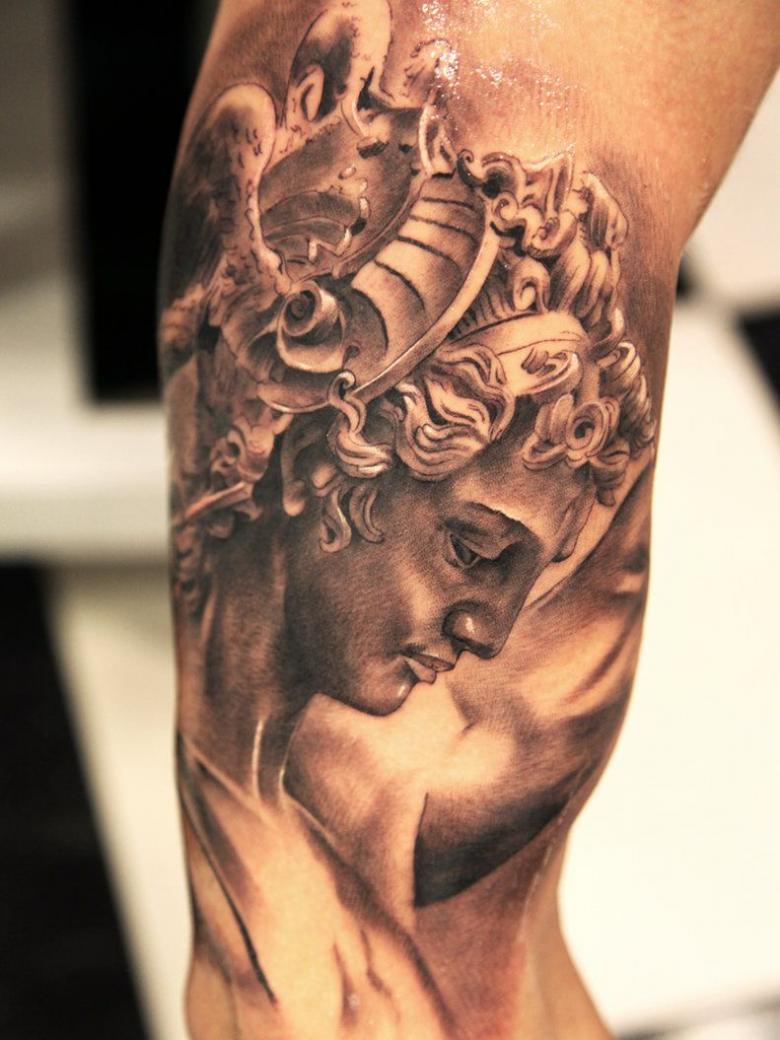
On the skin, the tattoo also served as a sort of passport of the owner. Right down to the number and sex of children.

In today's tattoos are tattooed more for beauty. As for certain groups of people, subcultures, the choice of drawing is based on the sacred meaning of the symbol. For the average person the body image also has a meaning in this context, but rather superficially, without fanaticism.

Still, it should be remembered that the image remains on the skin for a long time. Views on life and priorities can change. Perhaps the tattoo will already be a mental discomfort. In order not to get into such a situation, it is advisable to choose neutral, positive pictures. For example, your zodiac sign., the image of a guardian angel.
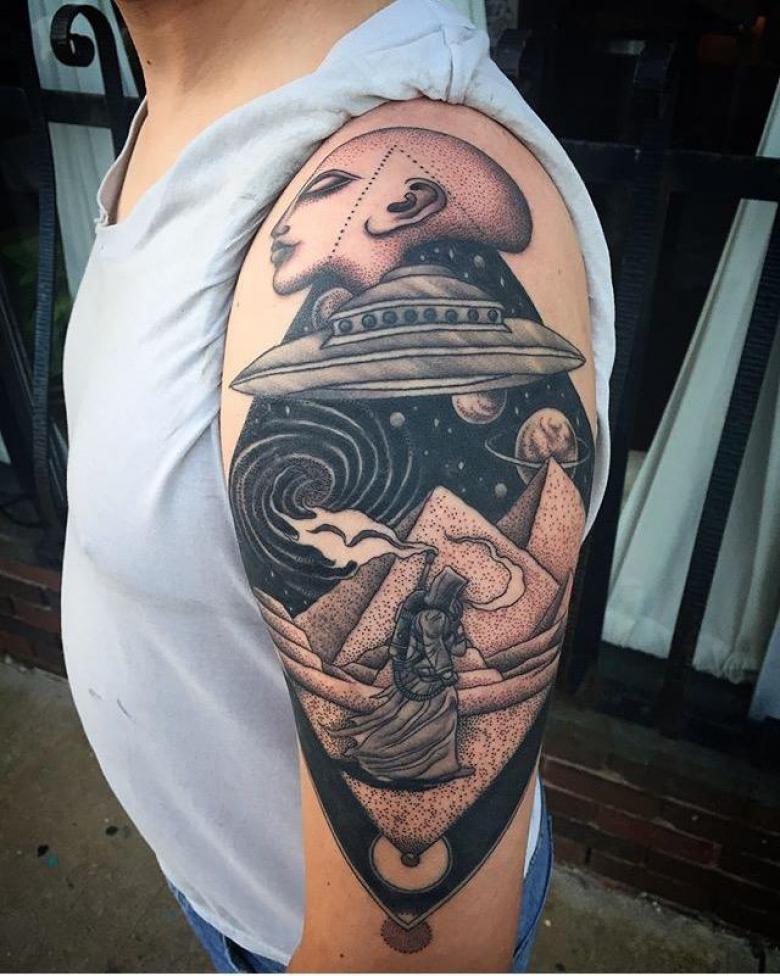
Christianity and tattoos
At the dawn of civilization, there were no canonical religions yet. This included Christianity. But as it spread, attitudes toward tattoos changed. Christianity considers it sinful to put drawings on the skin. Even the Bible prescribes a ban on tattooing.

Body drawings were considered the prerogative of backward, uncivilized peoples. Natives, in a word. Although modern scientists have proven that the so-called natives were superior to enlightened Europeans.

Tattoos of seafarers.
Seafarers are quite mistrustful. Harsh living conditions forced them to seek protection in various amulets, amulets. The tattoos applied to the body fulfill the same role.
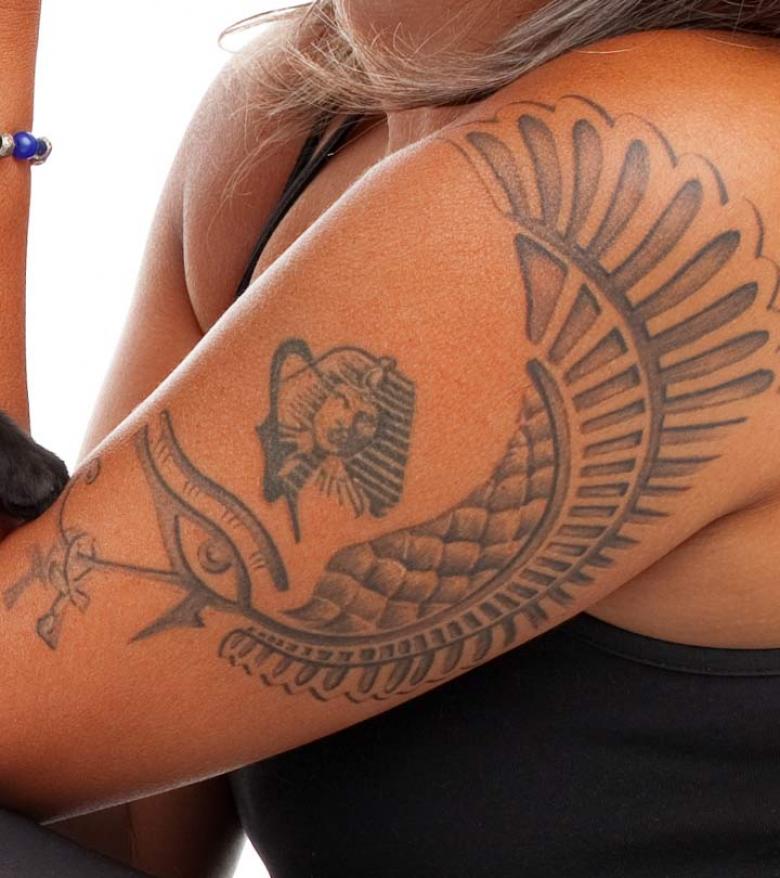
Images of crosses, names of loved ones, reptiles are very common in this environment. Especially as protection against shark attacks. Images of a pig or a rooster were intended to ensure the safe return home of the sailor.
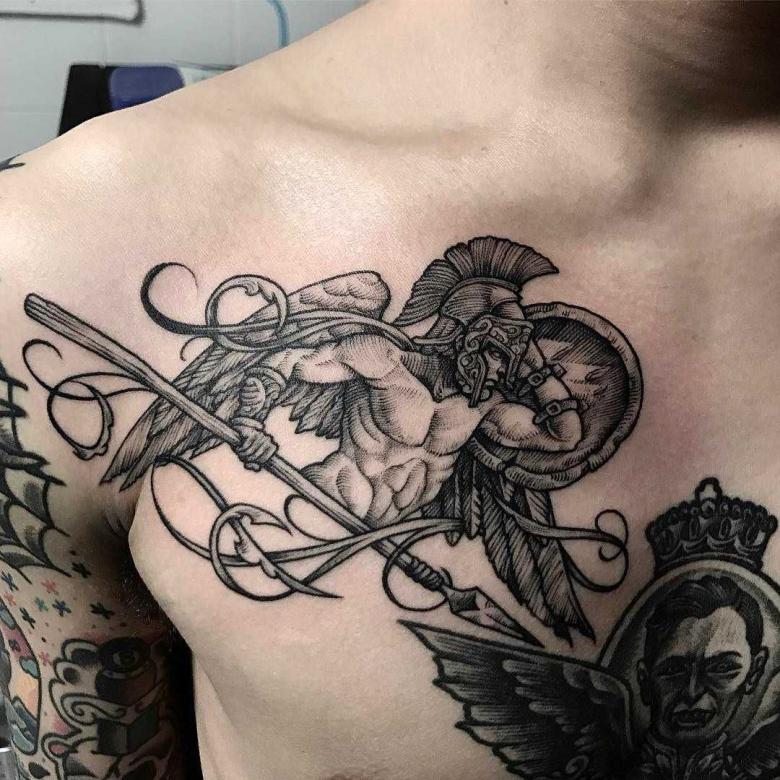
The pictures of mermaids, dolphins, a life ring protected maritime happiness and good luck. A separate tattoo was supposed to be used when crossing the equator. It is a drawing of a turtle.
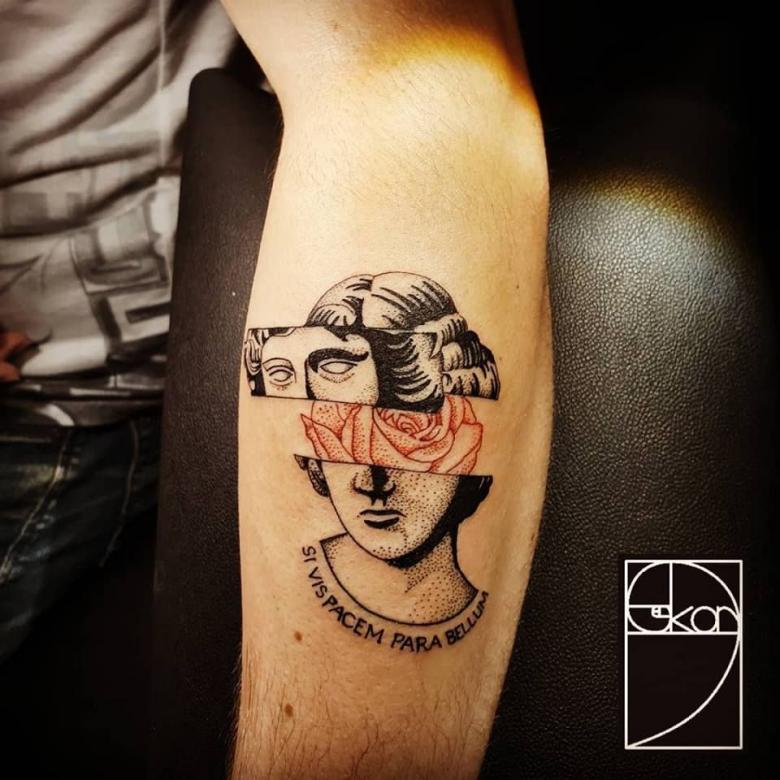
Tattoos in the Middle Ages
The tattoo was most common in the Middle Ages in Asian countries and the United States. There images of tattoos were vegetable, animal and mythological subjects. The European elite tattooed pictures of tribal coats of arms or monarchic symbols. The more important was the nobleman, the richer was the drawing.
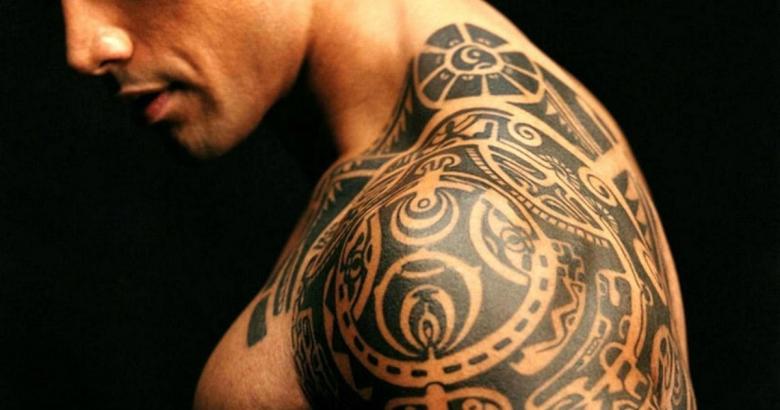
Tattoo of the ancient Slavs of the lower class were limited to simple images of love content.
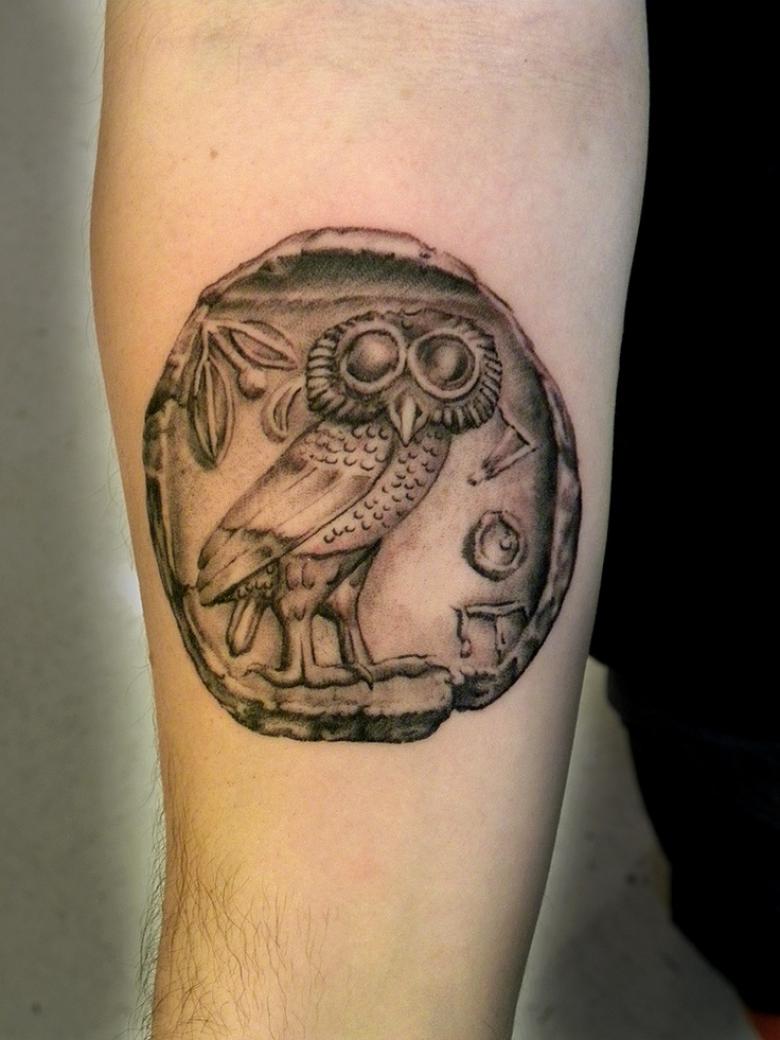
Meanwhile, there were prohibitions on nakolki. But certain segments of society continued to draw them. For example, pilgrims-pilgrims decorated themselves with crosses, images of temples and other religious paraphernalia.

The differences in tattoos among ancient peoples
The decision to get a tattoo is rarely spontaneous. In one way or another it pursues the execution of a certain goal. Interestingly, these goals were expressed differently in the drawings of different peoples.
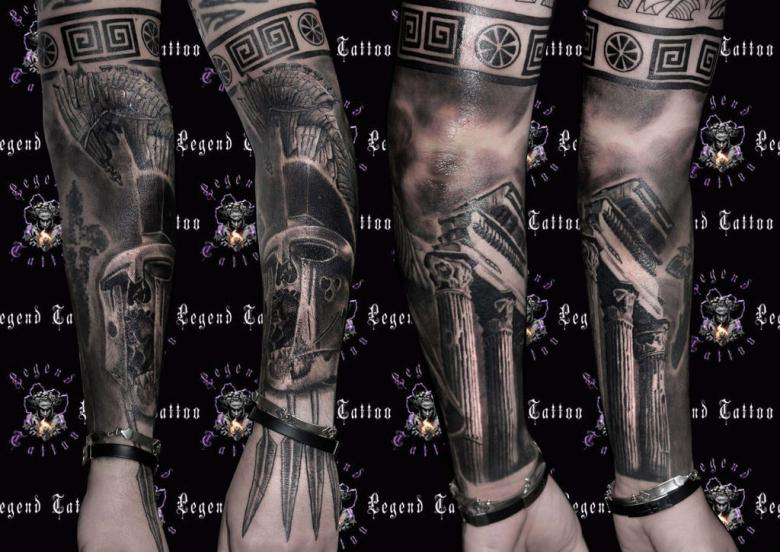
The Maori had the privilege of tattoos only for the nobility. The extraordinary colorful, complex patterns of ancient tattoos were sustained in a certain subject line. The symbols were always symmetrically placed on the body.
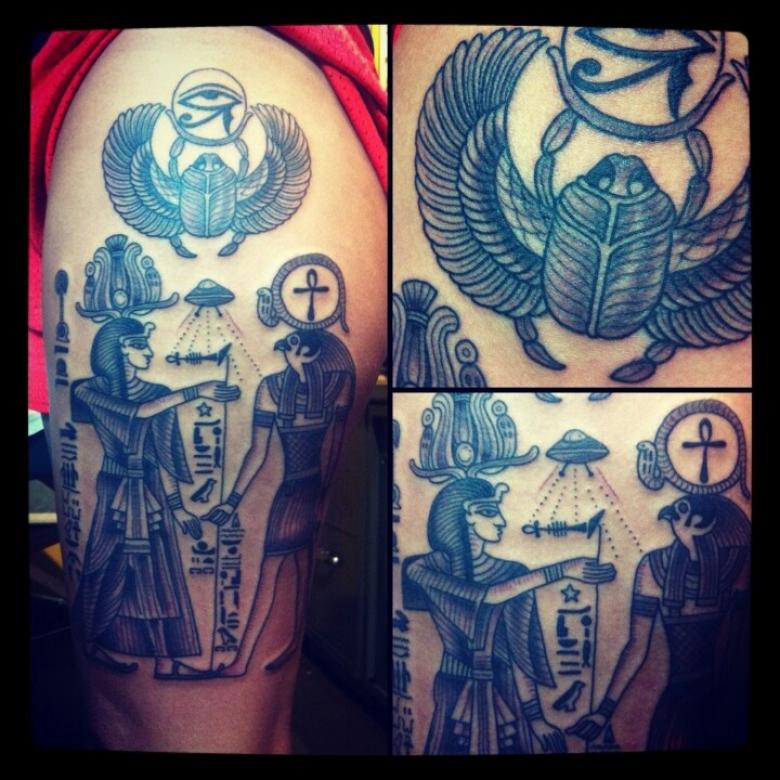
The Native Americans, the Indians, applied tattoos were accepted only in connection with military actions. Each tribe tattooed sacred generic symbols on their skin when they marched. And the scarier the drawing, the better.

The aborigines of Polynesia painted images of totem animals and birds. The patterns in this case acted as amulets.
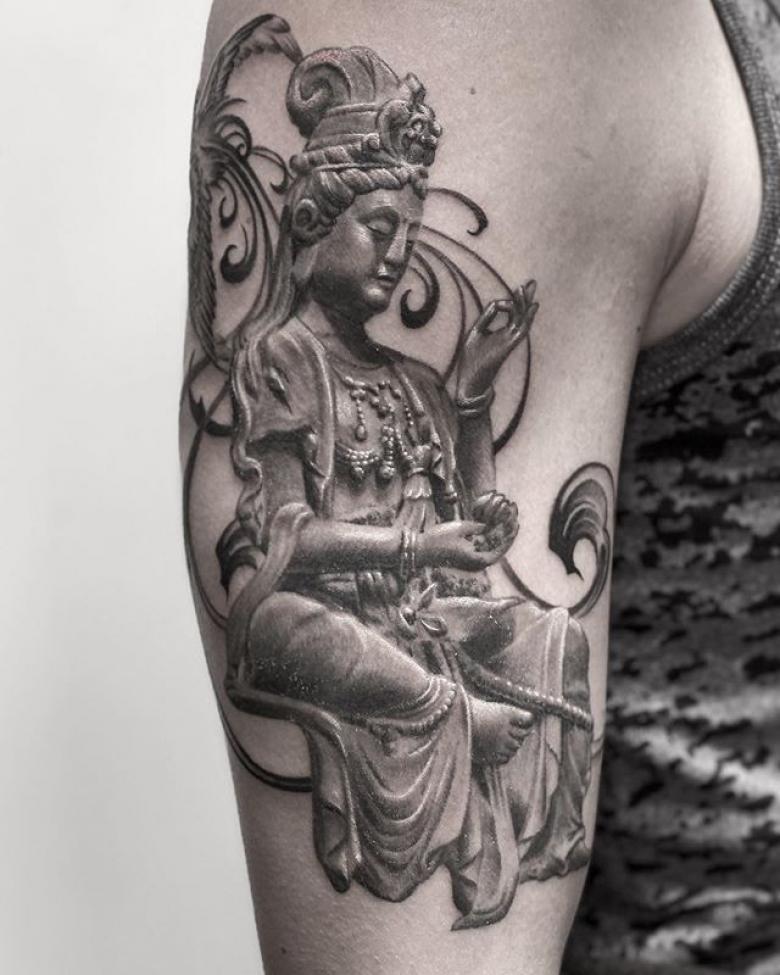
In Japan, tattoos were put on geishas and samurai. The samurai had a military theme, and geisha had no right to show their nakedness. The tattoo was an imitation of clothing.

In ancient Greece, a tattoo was placed on the forehead of a slave. This peculiar branding helped to preserve their numbers.
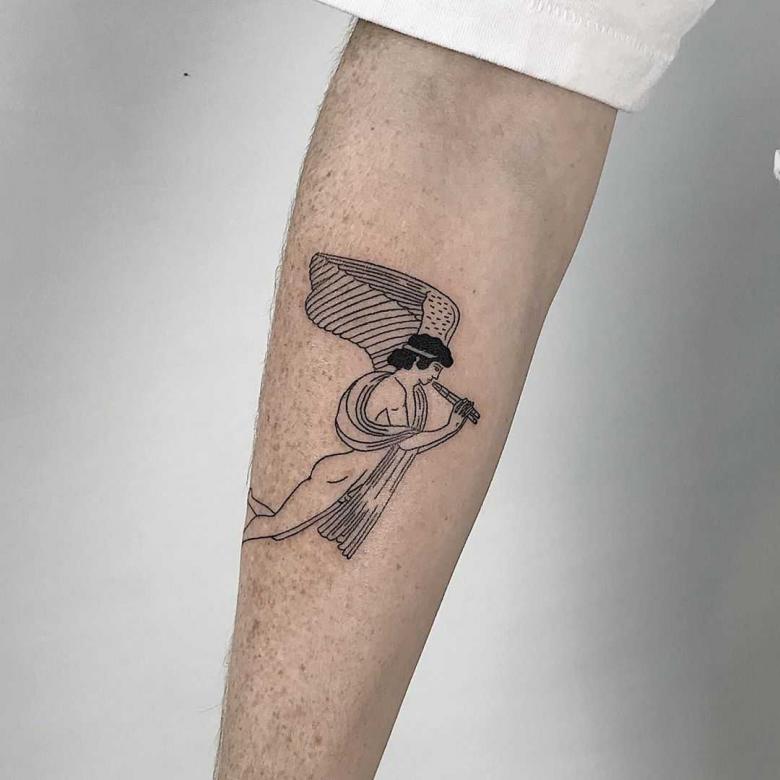
The history of tattoos goes back to antiquity. Over many millennia the meaning of ancient tattoos has changed dramatically. But what remains unchanged is that the relevance of such art remains to this day. Even if there is no frenzied recognition of its sacred meaning. The symbol, correctly chosen and applied in the right place on the body, is capable of enhancing a person's self-esteem. So in this context, it serves as a talisman.

